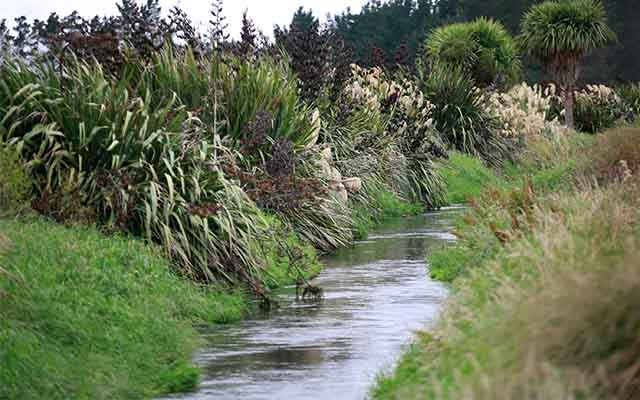The NZ dairy herd increased 82% between 1990 and 2019, with some of the largest increases in Canterbury and Southland. Neal Wallace investigates the future of dairying in those regions and talks to some innovators who are confident that with the use of technology and management changes, dairying has a future.
A study of Environment Southland water quality standards has concluded alternative but acceptable water quality targets can be achieved at a much reduced cost to farming and the regional economy.
DairyNZ has reviewed the science that underpins Environment Southland’s water quality limit setting process and says proposed nutrient reductions are not achievable and could force people out of farming.
DairyNZ strategy and investment leader for dairy and water quality scientist David Burger says at the request of farmers, it is developing an alternative perspective on how to achieve council freshwater targets.
These findings will be shared with Southland farmers and Environment Southland and he says it follows repeated requests for the council to review its targets.
“We have been looking at Environment Southland’s data and modelling closely and we believe improvements could be achieved with nutrient loss targets much lower than what Environment Southland is proposing,” Burger said.
For six months DairyNZ has unsuccessfully urged Environment Southland to review its water quality monitoring modelling, assumptions and detail of the impact on the community.
“When targets have such major impacts on the community, they need to be robust and reflect what the community wants,” he said.
“Having an alternative perspective on what targets may be needed, and the implications of these targets, will help start a discussion.”
DairyNZ joined Federated Farmers in expressing disappointment at a recent council report suggesting a 90% reduction in nutrient loss is required in some catchments.
“This is causing enormous stress for farmers who want to understand how the proposed targets came about,” he said.
He said this is why the council needs to review its modelling and the economic impact of its proposed policy.
Earlier this month council chair Nicol Horrell responded to that data.
“We’ve taken our current assessment of environmental health and compared it to our draft freshwater objectives, or goals,” Horrell said.
“A significant improvement on the current state of waterbodies is signalled, rather than any return to a pre-European state.
“Recently we’ve modelled the reductions in contaminants from waterways that could be required to meet these draft objectives.
“The numbers from this modelling provide a sense of the scale of change needed, but they are not limits or targets.”
While the council is required to develop limits and targets, which will be included in the proposed Southland Water and Land Plan to be notified at the end of next year, there will be opportunities for public input.
Read more articles in the special report series “Dairying has a future“






